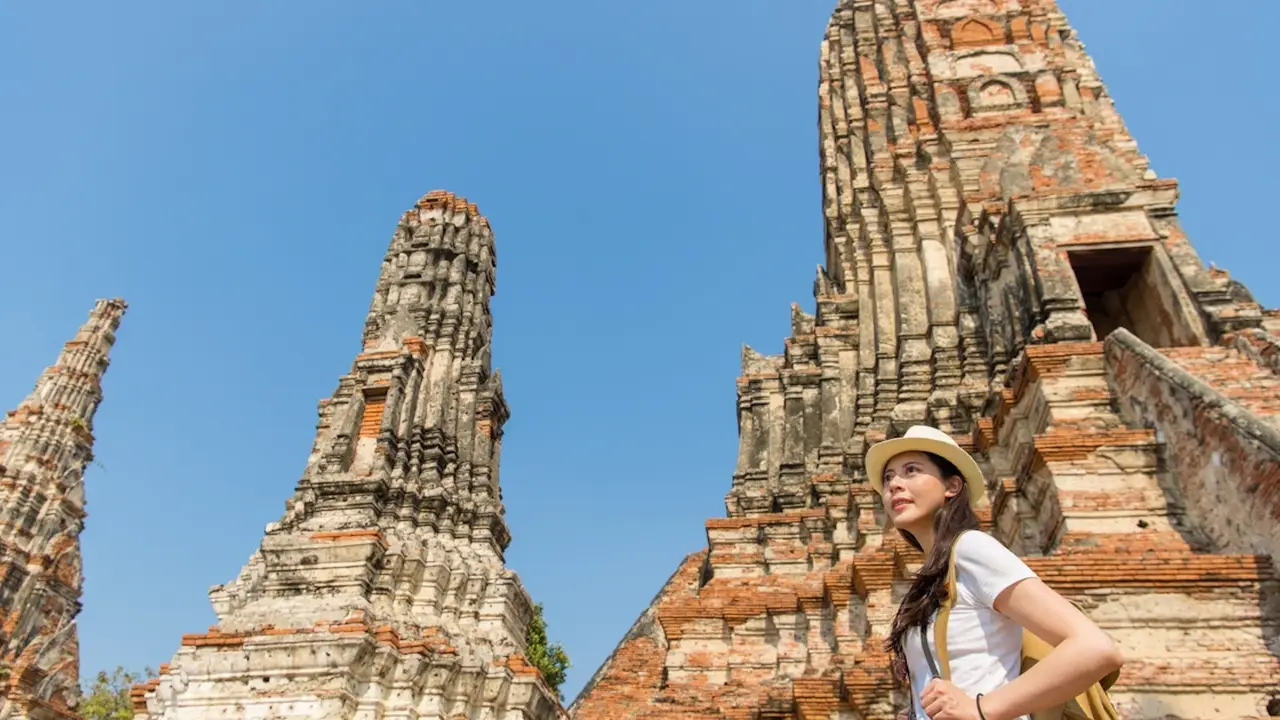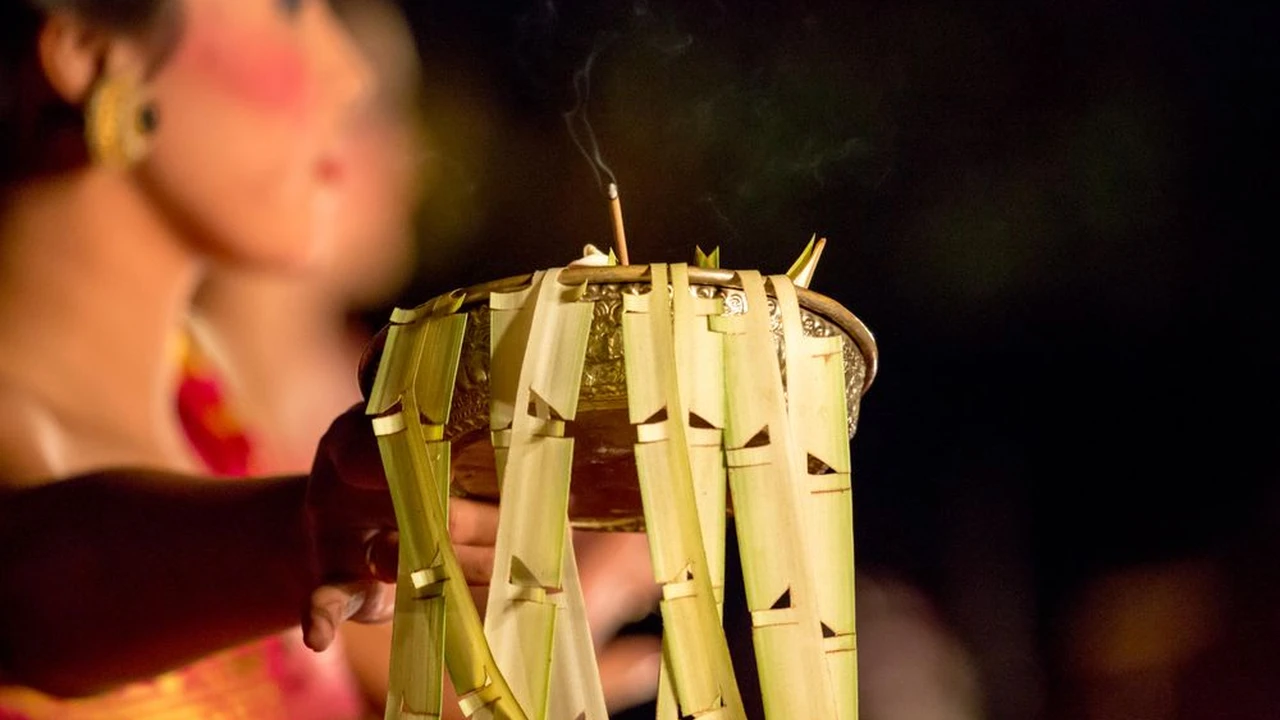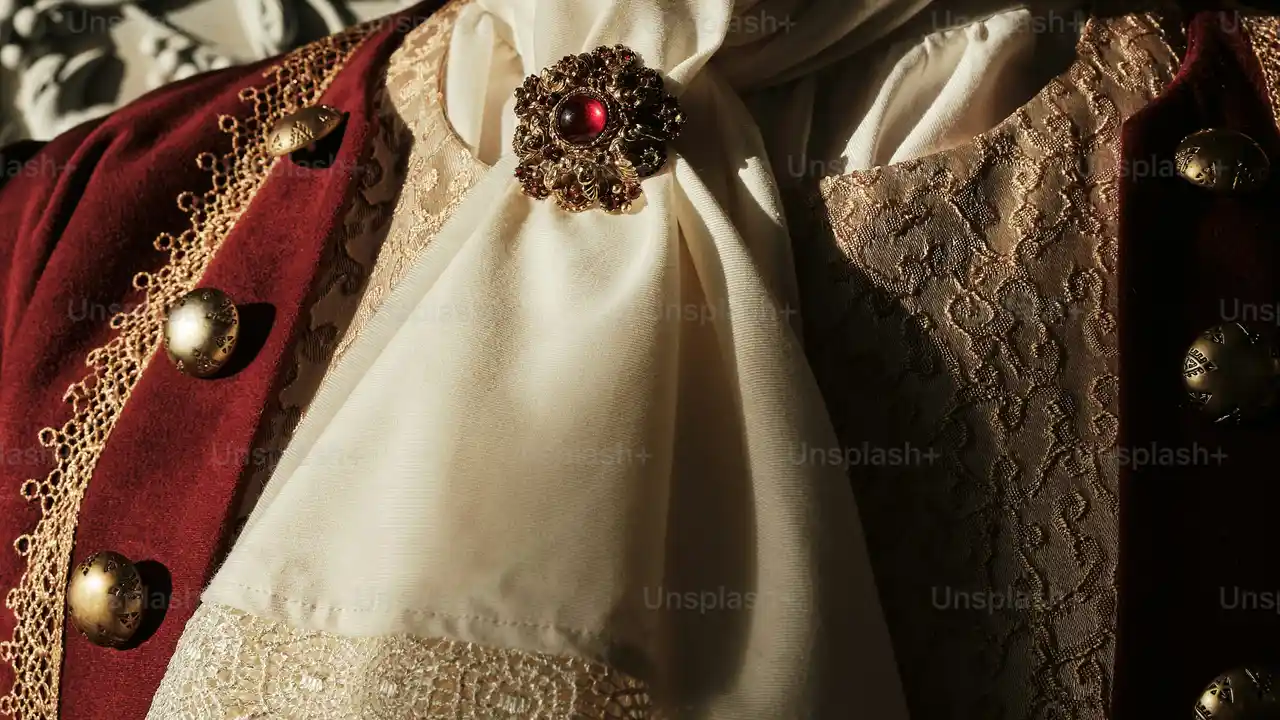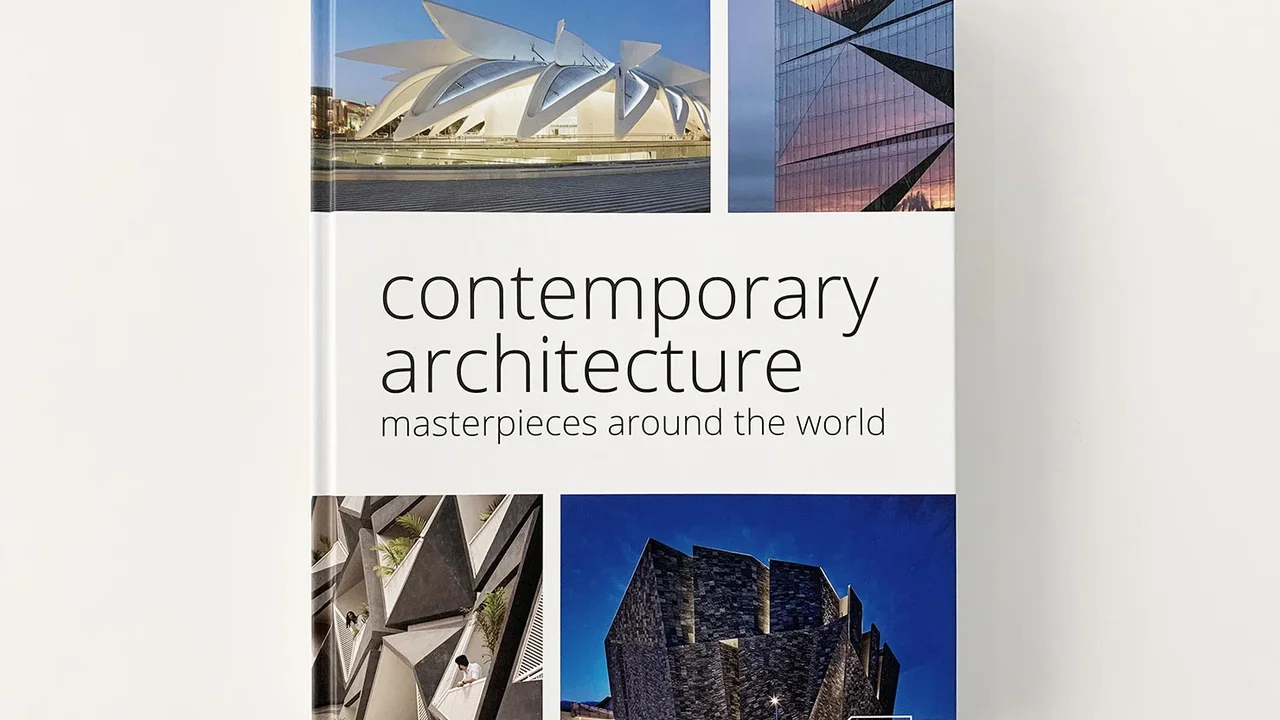Angkor Wat vs Borobudur A Historical Comparison
Discover the detailed comparison of Angkor Wat and Borobudur, two of Southeast Asia's most iconic historical sites.

Introduction to Southeast Asian Historical Wonders
Southeast Asia is a treasure trove of historical and cultural wonders, boasting ancient temples, majestic palaces, and vibrant traditions. Among these, Angkor Wat in Cambodia and Borobudur in Indonesia stand out as architectural marvels and spiritual landmarks. This article delves into a detailed comparison of these two iconic sites, exploring their history, architecture, cultural significance, and visitor experience.
Angkor Wat A Khmer Masterpiece
History of Angkor Wat The Rise of the Khmer Empire
Angkor Wat, meaning 'Temple City,' was built in the 12th century during the reign of King Suryavarman II of the Khmer Empire. Initially dedicated to the Hindu god Vishnu, it gradually transformed into a Buddhist temple. The Khmer Empire, which flourished from the 9th to the 15th centuries, left behind a legacy of impressive temples and sophisticated infrastructure. Angkor Wat remains the largest religious structure in the world, a testament to the empire's power and artistic prowess.
Architecture of Angkor Wat Symbolism and Design
Angkor Wat's architecture is a stunning blend of Khmer and Hindu styles, reflecting the empire's religious and cultural influences. The temple complex is designed to represent Mount Meru, the sacred mountain in Hindu mythology, and is surrounded by a vast moat and sandstone walls. The central towers, intricate bas-reliefs, and expansive courtyards showcase the Khmer's mastery of stone carving and architectural precision. The temple's layout is symmetrical, with galleries depicting scenes from Hindu epics such as the Ramayana and the Mahabharata. The bas-reliefs are not just decorative; they offer invaluable insights into Khmer society, warfare, and religious beliefs.
Cultural Significance of Angkor Wat Religious and Historical Importance
Angkor Wat holds immense cultural and religious significance for Cambodians. It is a symbol of national pride and a testament to the country's rich history. The temple has undergone numerous restorations and adaptations over the centuries, reflecting the evolving religious landscape of the region. Today, Angkor Wat is a UNESCO World Heritage site and a major pilgrimage destination for Buddhists worldwide. Its intricate carvings and spiritual aura continue to inspire awe and reverence.
Borobudur An Indonesian Buddhist Marvel
History of Borobudur The Sailendra Dynasty
Borobudur, meaning 'Buddhist Monastery on the Hill,' was constructed in the 9th century during the reign of the Sailendra Dynasty. This dynasty, known for its patronage of Mahayana Buddhism, oversaw the creation of this colossal monument. Borobudur served as a Buddhist pilgrimage site and a center for religious learning. The temple was abandoned for centuries, hidden beneath layers of volcanic ash and jungle growth, until its rediscovery in the 19th century.
Architecture of Borobudur Mandala and Stupa Design
Borobudur's architecture is a remarkable example of Javanese Buddhist art. The temple is designed as a massive stupa, consisting of nine stacked platforms – six square and three circular – topped by a central dome. The structure is adorned with thousands of relief panels and Buddha statues. The design follows a mandala pattern, representing the Buddhist cosmology. Pilgrims would ascend the temple, moving through different levels representing stages of enlightenment. The relief panels depict stories from the life of Buddha, Jataka tales, and scenes from everyday life in ancient Java. The architecture blends indigenous Javanese elements with Gupta art influences from India.
Cultural Significance of Borobudur Spiritual and Artistic Heritage
Borobudur is a symbol of Indonesia's rich cultural and spiritual heritage. It represents the country's historical connection to Buddhism and its artistic achievements. The temple is a UNESCO World Heritage site and a major tourist destination, attracting visitors from around the world. Borobudur's restoration in the 20th century was a monumental undertaking, preserving this ancient monument for future generations. The temple continues to be a sacred site for Buddhists and a source of national pride for Indonesians.
Angkor Wat vs Borobudur Key Comparisons
Religious Affiliation Hinduism vs Buddhism
One of the fundamental differences between Angkor Wat and Borobudur is their religious affiliation. Angkor Wat was initially dedicated to the Hindu god Vishnu before gradually becoming a Buddhist temple. Its architecture and iconography reflect Hindu cosmology and mythology. In contrast, Borobudur is purely a Buddhist monument, designed according to Buddhist principles and adorned with Buddhist imagery. The relief panels at Borobudur depict stories from the life of Buddha and Buddhist teachings.
Architectural Style Khmer vs Javanese
Angkor Wat showcases the Khmer architectural style, characterized by its towering spires, intricate bas-reliefs, and expansive courtyards. The temple complex is built from sandstone and features a symmetrical layout. Borobudur, on the other hand, exhibits Javanese architectural style, with its stacked platforms, stupas, and central dome. The temple is constructed from volcanic stone and follows a mandala pattern. The architectural styles reflect the unique cultural and artistic traditions of the Khmer and Javanese civilizations.
Construction Materials Sandstone vs Volcanic Stone
The construction materials used in Angkor Wat and Borobudur differ significantly. Angkor Wat is primarily built from sandstone, which was quarried and transported to the site. The sandstone blocks were carefully carved and fitted together to create the temple's intricate designs. Borobudur is constructed from volcanic stone, which is abundant in the region. The volcanic stone was shaped and arranged to form the temple's platforms and stupas. The choice of construction materials reflects the local resources available to the Khmer and Javanese builders.
Iconography Hindu Deities vs Buddha Statues
The iconography at Angkor Wat includes depictions of Hindu deities, such as Vishnu, Shiva, and Brahma, as well as scenes from Hindu epics. The bas-reliefs showcase battles, processions, and mythological events. Borobudur features numerous Buddha statues, each representing different aspects of Buddhist teachings. The relief panels depict stories from the life of Buddha, Jataka tales, and scenes from everyday life. The iconography at each site reflects the dominant religious beliefs of the respective cultures.
Planning Your Visit to Angkor Wat and Borobudur
Best Time to Visit Climate and Crowds
The best time to visit Angkor Wat is during the dry season, from November to April, when the weather is pleasant and there is less rainfall. However, this is also the peak tourist season, so expect larger crowds. The shoulder seasons, from May to June and September to October, offer a balance between favorable weather and fewer visitors. For Borobudur, the dry season from May to September is ideal, with sunny days and comfortable temperatures. Avoid visiting during the rainy season, from October to April, as heavy rainfall can disrupt your visit.
Accommodation Options Hotels and Resorts
Siem Reap, the gateway to Angkor Wat, offers a wide range of accommodation options, from budget-friendly hostels to luxurious resorts. Some recommended hotels include the Raffles Grand Hotel d'Angkor, Park Hyatt Siem Reap, and Belmond La Résidence d'Angkor. For Borobudur, Yogyakarta is the nearest major city with numerous hotels and guesthouses. Consider staying at the Plataran Borobudur Resort & Spa, Manohara Resort Borobudur, or Amanjiwo for a luxurious experience.
Transportation Options Getting Around
To explore Angkor Wat, you can hire a tuk-tuk, taxi, or rent a bicycle. A tuk-tuk is a convenient and affordable option for getting around the temple complex. For Borobudur, you can hire a car with a driver or join a guided tour. The temple is located about an hour's drive from Yogyakarta. Public transportation options are also available, but they may be less convenient.
Entrance Fees and Permits Costs and Regulations
Entrance fees for Angkor Wat vary depending on the duration of your visit. A one-day pass costs around $37 USD, a three-day pass costs around $62 USD, and a seven-day pass costs around $72 USD. For Borobudur, the entrance fee for foreign tourists is around $25 USD. It is advisable to purchase your tickets in advance to avoid long queues. Remember to dress respectfully when visiting the temples, covering your shoulders and knees.
Recommended Products for Your Opulent Historical Journeys
Travel Gear and Accessories
To make the most of your opulent historical journeys, consider investing in high-quality travel gear and accessories. Here are a few recommendations:
* **Osprey Atmos AG 65 Backpack:** This backpack is perfect for carrying your essentials while exploring ancient sites. It features an anti-gravity suspension system for maximum comfort. Price: $320 USD.
* **Sony Alpha 7 III Camera:** Capture stunning photos and videos of Angkor Wat and Borobudur with this high-performance camera. Price: $2000 USD.
* **Bose QuietComfort 35 II Headphones:** Enjoy peace and quiet on your journey with these noise-canceling headphones. Price: $350 USD.
Historical Guides and Books
Enhance your understanding of Angkor Wat and Borobudur with these informative guides and books:
* **'Angkor Wat: Time, Space, and Kingship' by Eleanor Mannikka:** This book provides a comprehensive analysis of Angkor Wat's history, architecture, and symbolism. Price: $40 USD.
* **'Borobudur: Golden Tales of the Buddhas' by John Miksic:** Explore the history and cultural significance of Borobudur with this detailed guide. Price: $35 USD.
Luxury Travel Packages
For a truly opulent experience, consider booking a luxury travel package to Angkor Wat and Borobudur. These packages often include private tours, luxurious accommodations, and exclusive experiences. Some recommended tour operators include:
* **Abercrombie & Kent:** Offers customized luxury tours to Southeast Asia, including visits to Angkor Wat and Borobudur. Price: Varies depending on the itinerary.
* **Intrepid Travel:** Known for their sustainable and immersive travel experiences, Intrepid Travel offers tours to both Angkor Wat and Borobudur. Price: Varies depending on the itinerary.
Angkor Wat vs Borobudur Which Should You Visit
Choosing between Angkor Wat and Borobudur depends on your personal preferences. If you are fascinated by Hindu mythology, Khmer architecture, and expansive temple complexes, Angkor Wat is the perfect destination. If you are drawn to Buddhist art, Javanese culture, and serene spiritual sites, Borobudur is an excellent choice. Ultimately, both Angkor Wat and Borobudur offer unforgettable experiences and a glimpse into Southeast Asia's rich historical and cultural heritage.
:max_bytes(150000):strip_icc()/277019-baked-pork-chops-with-cream-of-mushroom-soup-DDMFS-beauty-4x3-BG-7505-5762b731cf30447d9cbbbbbf387beafa.jpg)






